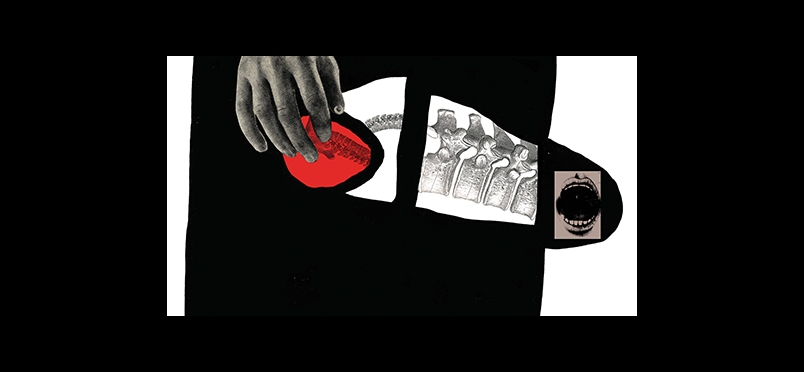| orthopedics
“Unfixable” Damage May Be Fixable

Be Aware of Pain and Swelling
Being told your child has a growth plate fracture can cause a parent to panic. It sounds scary, and prompt treatment is important. Luckily, the potential long term problems—lack of growth, deformity—may have better outcomes than expected. Growth plates harden last in the growth process and can be fractured much in the same way that bones are, and due to the same injuries, such as through sports, too much training, and repetitive stress. Pain and swelling may be the first sign of a plate fracture that could lead to growth arrest, and uneven bone growth. However, with quick diagnosis and treatment, outcomes can be positive.
Immobilization is the first step, and through repositioning—not surgery—and casting, healing is very possible. And age at the time of injury is a factor: Philip K. McClure, MD, FAAOS, a board-certified orthopedic surgeon specializing in limb lengthening and reconstruction, and assistant director of the International Center for Limb Lengthening at the Rubin Institute for Advanced Orthopedics, commented, “A 16-year-old boy who suffers a growth plate fracture—once you get the fracture fixed and it heals, it’s unlikely to cause problems for him, whereas in a six-year-old boy, it can be a very different story because even if you get the fracture to heal and align nicely, the child still might require treatment down the line for a deformity.” However, at any age, deformities may be treated.
Read the press release.
Other Categories:
Did you enjoy this article?
Subscribe to the PAINWeek Newsletter
and get our latest articles and more direct to your inbox
